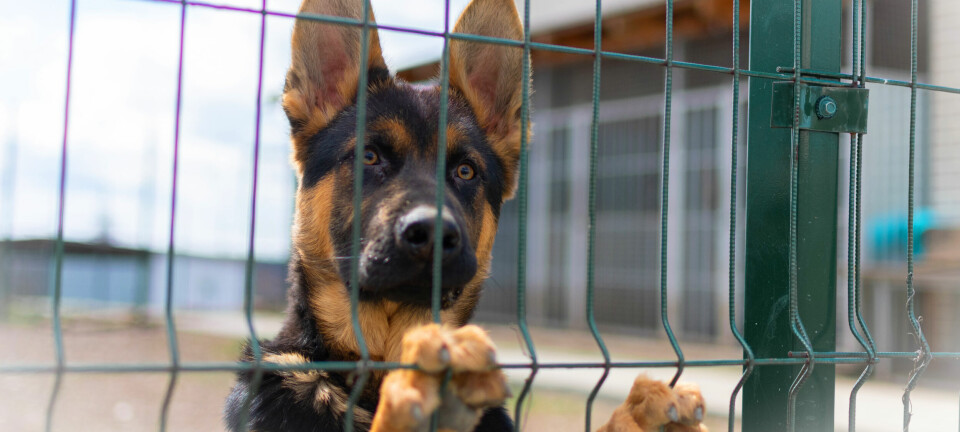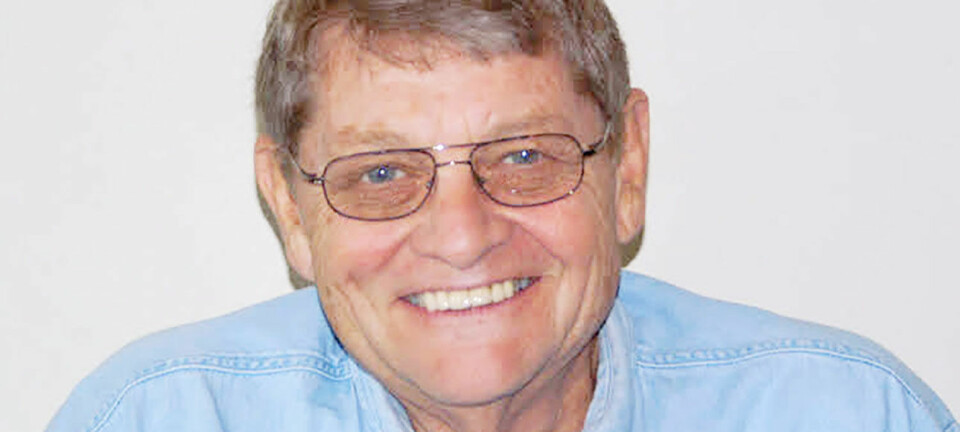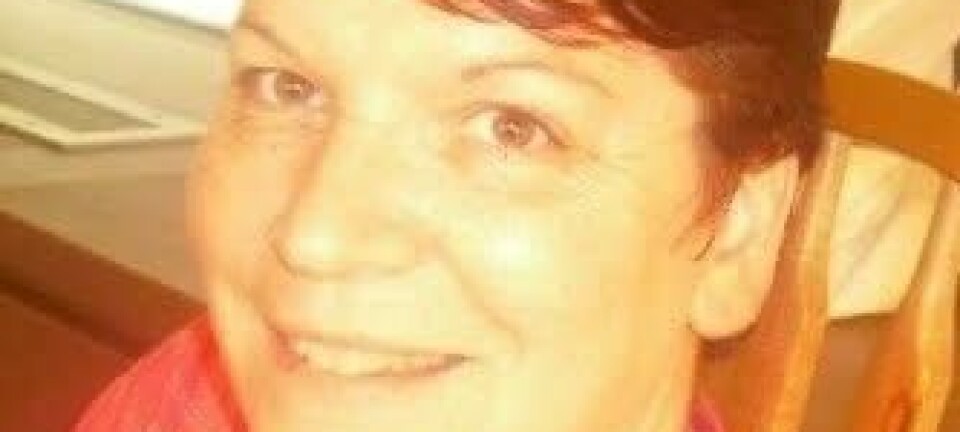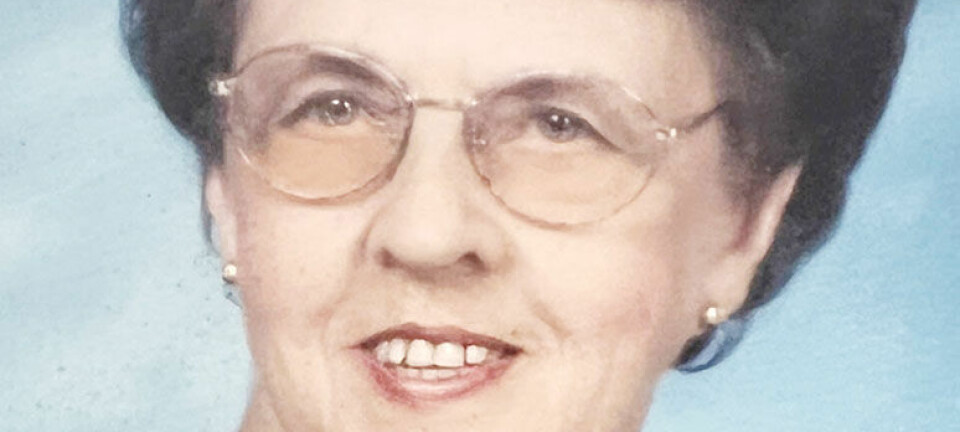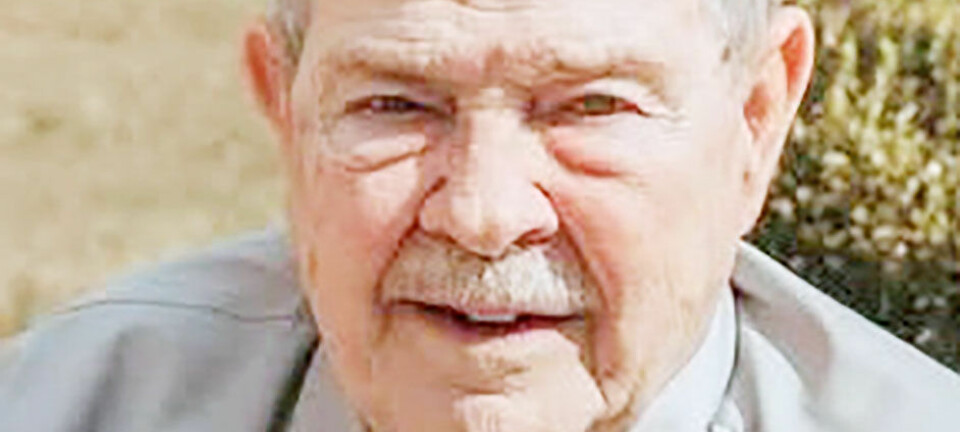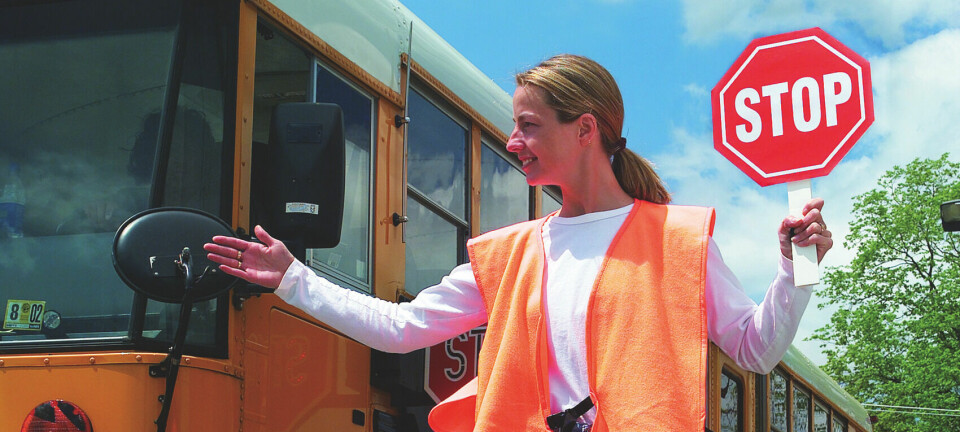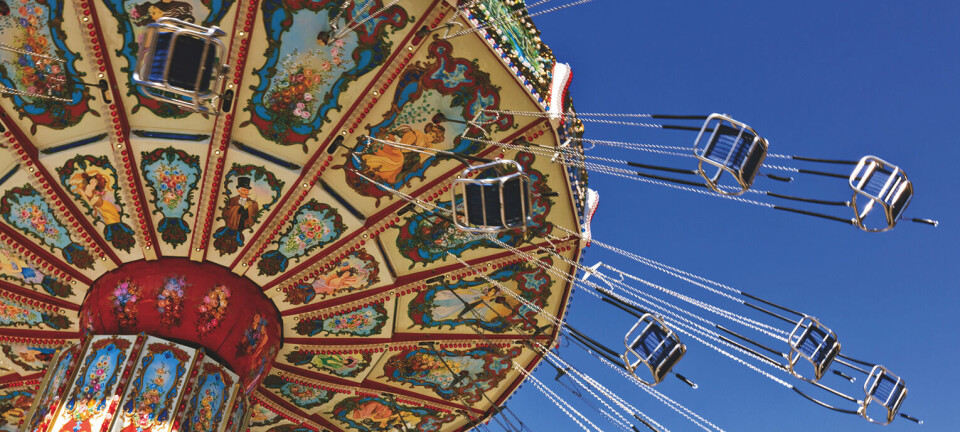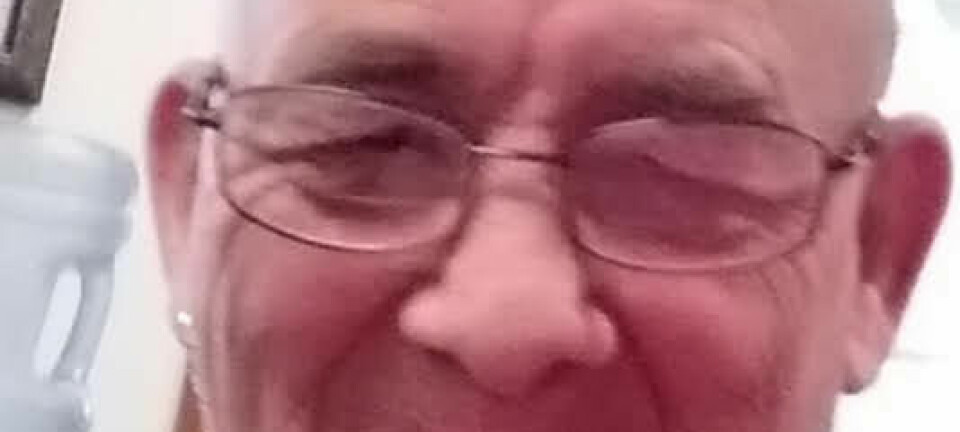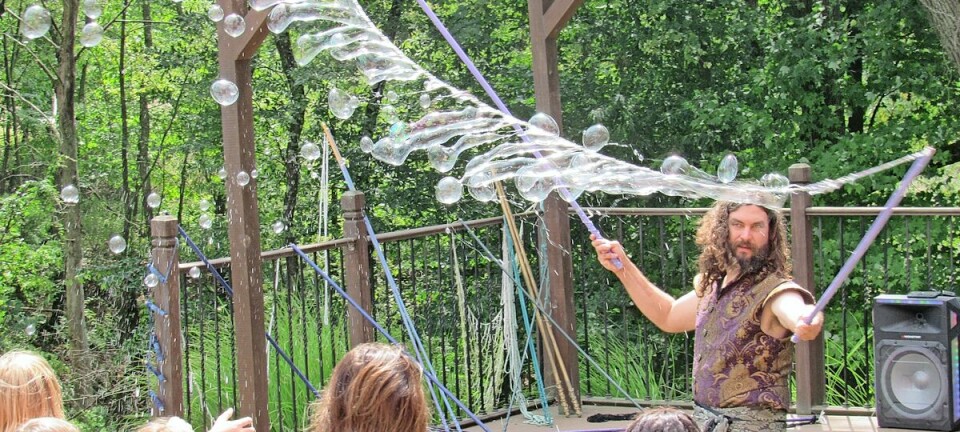Going behind the curtain at the Ohio Light Opera
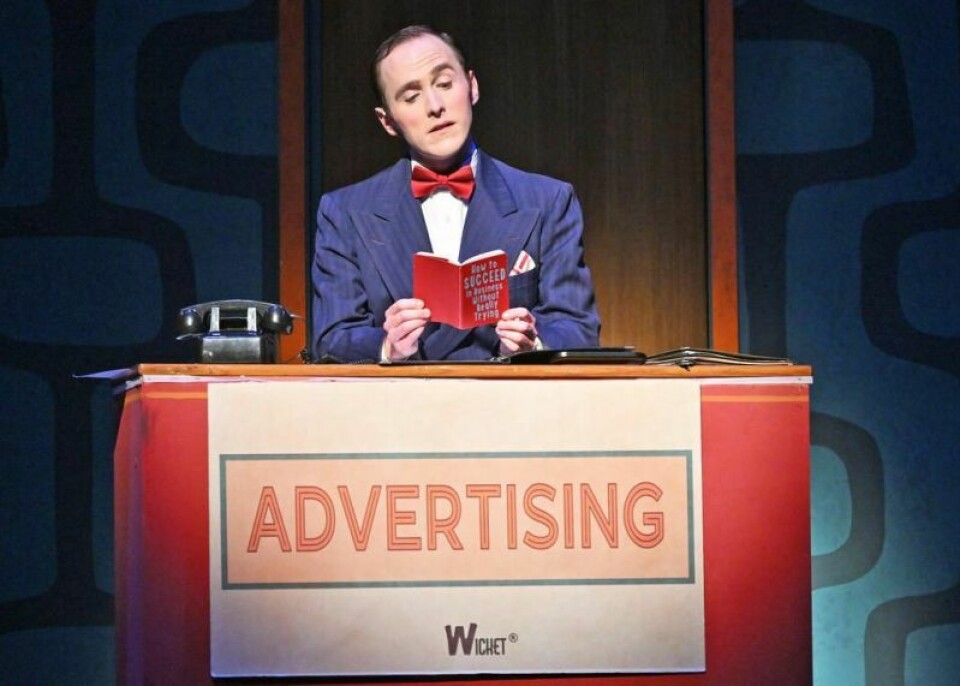
What does it take to get from choosing the shows to curtain up on an Ohio Light Opera production?
Dr. Spencer Reese is a choreographer, stage director and performer with the OLO. During the school year, he's the artistic director of the Connecticut Gilbert and Sullivan Society, the resident teaching artist with Goodspeed Musicals, the opera director at the University of Connecticut and a private voice instructor. This is Reese's tenth year with the OLO.
As a repertory theater, the OLO offers a unique experience and challenge.
"I love the variety of works that we get to produce in a single season," said Reese. "I love the fast pace... It's...exciting to see the shows come together, and we often surprise ourselves with what we're capable of and how much we can stretch our creativity."
Whether he's directing, performing or choreographing, Reese begins by reading the script a few times. When directing, he studies the history of the show and the era in which it was written and considers any social or cultural ramifications of the original production. This gives him an idea of why the show was written.
As a director, Reese said, "It's up to you to envision the world, the way folks interact with that world and with each other and gives you agency to really say something to an audience with a production.
"[Next,] I spend some time marinating on what I've learned, continuing to familiarize myself with the score and script, and then I start to formulate ideas of what I'd like to say with the show, what big guiding lenses I'd like us to see the work through.”
With acting, his process focuses on the character.
"Why is he here?” Reese said. “What does he want? How is he like or unlike me, and how will that influence the way I start to prepare my material?"
As a choreographer, Reese turns to the score.
"The first thing I'll do is figure out where the natural changes of mood or texture are in the music and divide dance sequences accordingly," he said. "From there, I storyboard those individual sections, either with what factions of the cast will be featured... or what the narrative will be across the sections of the piece. Only once I have the overarching vision for where the number is going to go do I actually start sketching steps."
Reese said he is known for what he "cheekily" calls prop-ography — using everyday objects in surprising ways. An example is when his character in “No, No, Nanette” makes a phone call. Reese exaggerates the interaction, finding creative ways to work the phone and cord into the number.
Reese said the greatest challenge comes the day the show is put onstage with the scenery. He said the challenge isn't the set itself. It's adding the world of platforms, stairs and doors.
“Making sure you're in the right place at the right time,” he said
Scenic designer and co-production manager Daniel Hobbs has been with the OLO since 2015. He designs regionally when not in Wooster and starts a tenure track position as a professor of scenic design in the fall.
Hobbs begins his process by reading the script and listening to the music before meeting with the director to collaborate on a vision for the show.
"Once we're on the same page, we do in-depth research before starting initial sketches," said Hobbs. "From there, we progress toward color renderings, models and technical drawings of the full set."
A unique aspect of repertory design is that sets are built to move.
“As soon as the show ends, the whole set is taken down and stored as the next set is being brought out and assembled on stage,” Hobbs said. “This mobile and moveable design is very unusual and definitely changes what you're capable of doing."
While each show is approached individually and uniquely, set designers are always on the lookout for how a set piece might be used in more than one way for multiple shows.
"If someone comes to see every show, they may be able to see where certain pieces show up in different ways," he said.
Production managers handle a wide variety of tasks including hiring designers and technicians, overseeing budgets and personnel management for all technicians.
"We answer questions, problem solve and even resolve conflicts and other issues," said Hobbs.
As a designer, he loves storytelling.
"I help the audience believe in the world of the show they're watching — believe that it existed before the actors set foot on stage and that it will continue to exist after the last line is spoken," he said. "Helping to make that sort of magic live in the minds of the audience is what I find most fulfilling in my job."
In her seventh season with OLO, Kiah Kayser is a charge artist, scenic designer and production manager. During the year, Keyser is a professor of scenic design and does freelance work.
"[I lead] the paint crew as we paint all the scenery and drops," Kayser said about her charge artist duties.
As a designer, Kayser uses "a lot of visuals when discussing with the director and design staff to make sure we're heading in the right direction with our design choices.”

